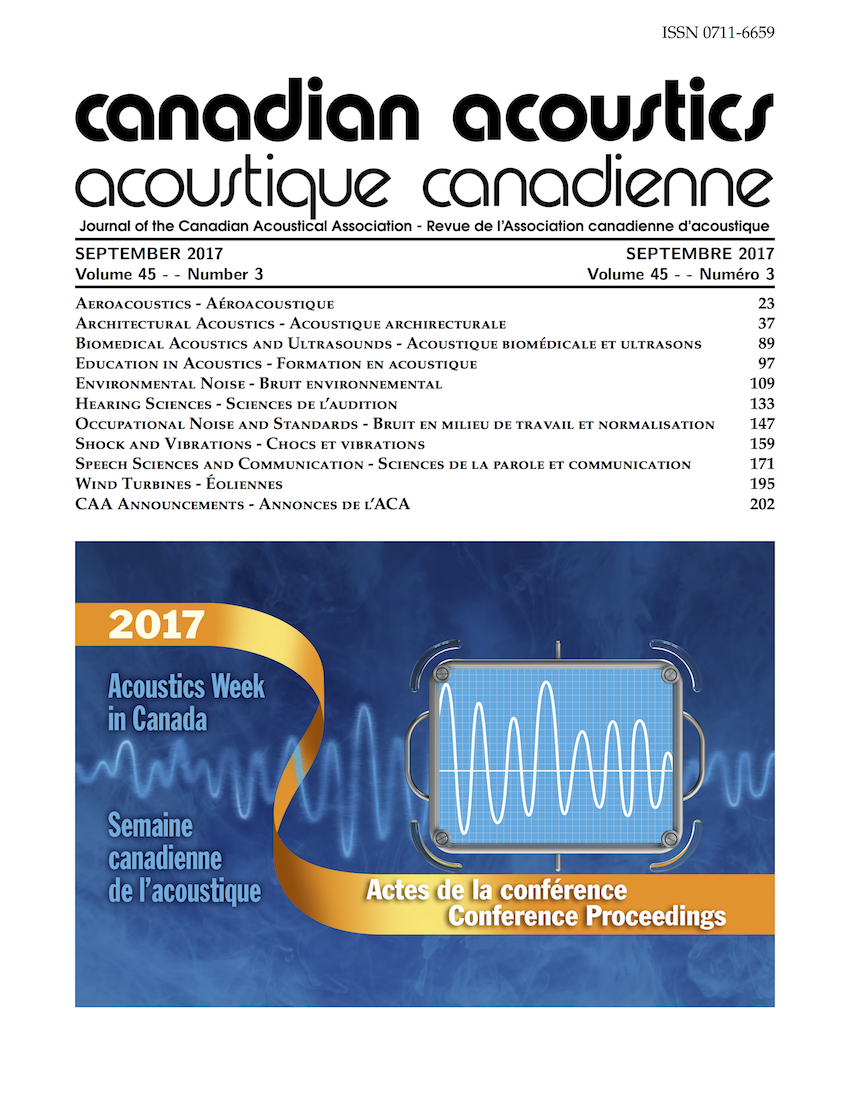Methodological Trade-offs for Dual-purpose Phonetic Fieldwork
Abstract
Ultrasound overlay videos involve the superposition of ultrasound imaging of the tongue onto facial profile videos in order to serve as instructional materials (Abel et al., 2015). Bliss et al. (2016) used this technique to develop instructional and cultural materials for Indigenous communities by creating custom overlay videos of community members which highlight difficult sound contrasts in the languages for learners. Building on this work, this paper reports on the creation of this type of video for Hän, a Dene/Athabaskan language of Eagle, Alaska and Dawson City, Yukon with 6-7 native speakers remaining. In the paper, we explore the challenges behind a new possibility of collecting the ultrasound data recorded for these instructional videos to serve a dual-purpose: instructional/cultural and linguistic/scientific.
Some acoustic work has been done on Hän (Manker 2012), but never articulatory. As Hän is known for its large phonemic inventory, being tied for first as the language with the most affricates and containing a 5-6 way contrast in the coronal region, articulatory work on the language is of interest for phonetic and phonological theory. However, ultrasound work has quite strict methodological standards, which can be impractical to include in many field situations, such as precise head and probe stabilization, and fully controlled phonological environments and speaker groups.
These standards by necessity and design could not be fully adhered to for the Hän recordings. But, despite the methodological limitations involved in dual-purpose fieldwork, we argue that it is important to consider the possibility of drawing linguistic insights from data collected for instructional purposes. Otherwise, these insights simply wouldn’t exist as work with these communities is limited.
References
J. Abel, B. Allen, S. Burton, M. Kazama, M. Noguchi, A. Tsuda, N. Yamane, and B. Gick. Ultrasound-Enhanced Multimodal Approaches to Pronunciation Teaching and Learning. Canadian Acoustics, 43(3). 124-125, 2015.
Bliss, H., Burton, S., and Gick, B. (2016). Ultrasound Overlay Videos and Their Application in Indigenous Langauge Learning and Revitalization. Canadian Acoustics, 44(3).
Manker, Jonathan. (2012). An Acoustic Study of Stem Prominence in Hän Athabaskan. Master’s thesis, University of Alaska Fairbanks.Additional Files
Published
How to Cite
Issue
Section
License
Author Licensing Addendum
This Licensing Addendum ("Addendum") is entered into between the undersigned Author(s) and Canadian Acoustics journal published by the Canadian Acoustical Association (hereinafter referred to as the "Publisher"). The Author(s) and the Publisher agree as follows:
-
Retained Rights: The Author(s) retain(s) the following rights:
- The right to reproduce, distribute, and publicly display the Work on the Author's personal website or the website of the Author's institution.
- The right to use the Work in the Author's teaching activities and presentations.
- The right to include the Work in a compilation for the Author's personal use, not for sale.
-
Grant of License: The Author(s) grant(s) to the Publisher a worldwide exclusive license to publish, reproduce, distribute, and display the Work in Canadian Acoustics and any other formats and media deemed appropriate by the Publisher.
-
Attribution: The Publisher agrees to include proper attribution to the Author(s) in all publications and reproductions of the Work.
-
No Conflict: This Addendum is intended to be in harmony with, and not in conflict with, the terms and conditions of the original agreement entered into between the Author(s) and the Publisher.
-
Copyright Clause: Copyright on articles is held by the Author(s). The corresponding Author has the right to grant on behalf of all Authors and does grant on behalf of all Authors, a worldwide exclusive license to the Publisher and its licensees in perpetuity, in all forms, formats, and media (whether known now or created in the future), including but not limited to the rights to publish, reproduce, distribute, display, store, translate, create adaptations, reprints, include within collections, and create summaries, extracts, and/or abstracts of the Contribution.


